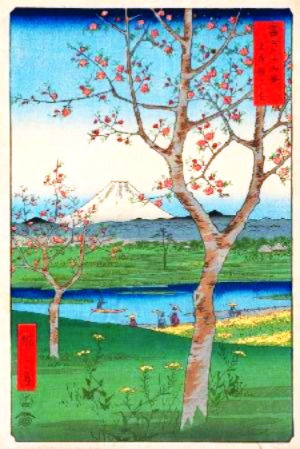Egypt
- Serene
- Nov 1, 2021
- 2 min read
Updated: Nov 2, 2021
EGYPT

This week, to coincide with the current exhibition of Queen Nefertiti at the Portland Art Museum, the classes created art inspired by Egypt. https://portlandartmuseum.org/exhibitions/queen-nefertaris-egypt/
Egypt has one of the longest histories of any country, tracing its heritage along the Nile Delta back to the 6th–4th millennia BCE. Considered a cradle of civilization, Ancient Egypt saw some of the earliest developments of paper making , writing, agriculture, urbanization, organized religion and central government. Similar to Cave paintings, Egyptian teams of workers developed elaborate scaffolding, materials and skills that were passed down for over 3000 years.
As Egyptian artefacts were uncovered and became known , they had a major influence on art, fashion, jewelry, and architecture. Egyptian motifs and designs were the primary source for the Art Deco movement in the 1920’s and 1930’s. This is most visible in architecture of the era. Notable buildings are the Egyptian Theatre in Los Angeles by Grauman , the Chrysler Building and Empire State Building in New York, and in modern times, the Pyramid entrance to the Louvre Museum in Paris. There was renewed interest in the 1970’s inspired by an exhibition in London of artefacts from the tomb of Tutankhamen that traveled the world, known as the ‘Egyptian Revival Movement’ . In modern art the influence can be seen in the work of numerous artists including David Hockney, Sacha Jafri, Sonja Delaunay, Gustav Klimt, and the sculptor, Giacometti.
WEDNESDAY CLASS
It is a challenge to condense an Ancient culture into one art lesson. We looked at the design that goes into Pyramids, which are engineering wonders. Who isn't fascinated by secret chambers and buried treasure. While looking at images inside the tomb, we discussed the animals and birds that were featured as well as depictions of daily life. It is a fine line between cultural appreciation and cultural appropriation. I am always aware and for that reason I try to shy away from sacred and religious discussions or using those symbols in art. I gave the class a variety of patterns, animals, birds and plants to choose from . We noted that the development of Papyrus was a key element in their art as we talked about the process and also the process for making pigments. When they completed their art it was signed in Hieroglyphics. Our optional activity at the end of class was to design a necklace similar to those worn by males and females, especially Pharaohs and Queens. All of this was accomplished within 2 hours! It is the reason I always call them my “Art Stars”! Most of the students were new to the Saturday classes . I was concerned that they would need time to settle in but it was as if they had been there for ages.
------------------------------------------
SATURDAY CLASS 10:00-12:00
---------------------------------------------
SATURDAY CLASS 12:00-2:30

















































































Commentaires